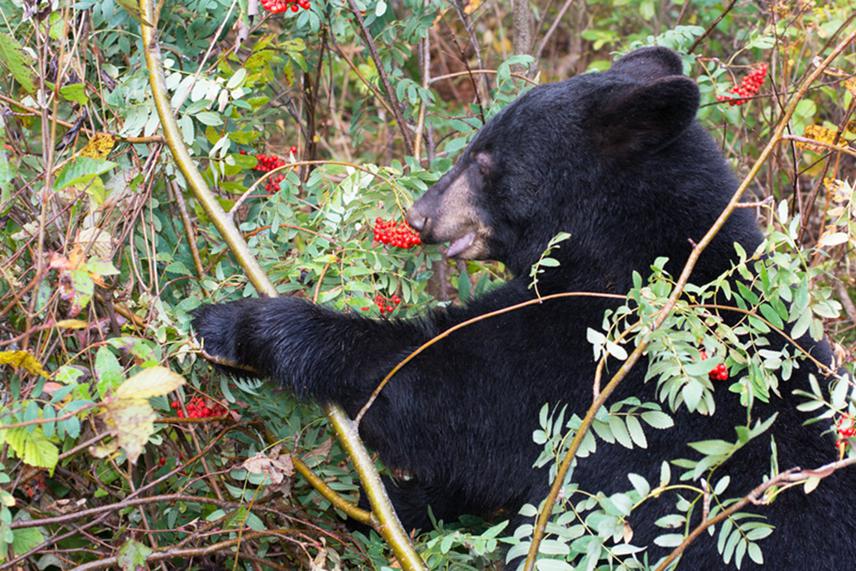Sonam Dorji
This project is aimed to mitigate and reduce the human-black bear conflict through assessment of the human-black bear conflict extent, their causes, effect on farmer’s livelihood, farmers perception towards bear conservation and through conduct of conservation educational awareness program towards farmers within the buffer area of Jigme Khesar Strict Nature Reserve.

Asiatic Black Bear (Ursus thibetanus Cuvier) is evaluated as vulnerable by the IUCN, included under Appendix I of CITES and totally protected in Bhutan as per schedule I of Forest and Nature Conservation Act (1995 ) of Bhutan and. The booming socio economic development activities and the population increase in Bhutan are causing deforestation and habitat loss of wildlife, leading to the Human-Wildlife conflict. Moreover with the increase in the population, people in the study area increased pressure on the forest product collection (NTFP), causing daily competition to the wild animal for food and their habitat destruction.
There are many cases of Human Bear Conflict reported from the study area. For instance, every year there are cases of bear encroaching the village, there by killing livestock’s and evens some cases of human-mauling. Therefore there is need to assess the Human-Black Bear conflict status, its causes, people’s perception towards its conservation and it is high time to provide mitigation measures conflict measures and change people’s negative attitude towards Asiatic Black Bear conservation and Asiatic Black Bear information dissemination through educational conservation awareness program.
Study area is located between latitude 27°12'N, 27°26'N and longitude 89° 9'E, 89°23'E under Haa district within the buffer area of Jigme Khesar Strict Nature Reserve in Bhutan. People inside this area depend mainly on the livestock and agriculture for their livelihood. Cattle herders living at the higher altitude are itinerant herders. Vegetation stretches from cool broad-leaved forest, mixed conifer forest, fir forest and alpine meadows in the north.
Households to be interviewed will be sampled using Yamane formula. A set of semi-structured questions will be framed in the form of questionnaire. This questionnaire will be used for collecting data on Human Asiatic Black Bear conflict, people’s perception and attitude towards Asiatic Black Bear conservation and their idea of conflict mitigation measures.
Asiatic Black Bear educational conservation awareness program will include displaying and sensitizing people about the bear behavior, food and feeding ecology of the bears, conservation significant, first aid for bear attack to the local communities. Existing rules and policies of conserving bear in Bhutan will be presented and sensitized to the farmers.
Data analysis will be carried out using Statistical Package for Social Sciences (SPSS-developers (s) IBM Corporation, New York, USA version 22.0.00 and Microsoft Excel. Human-bear Conflict hotspot distribution map will be produced using ARCGIS 10.3.1.